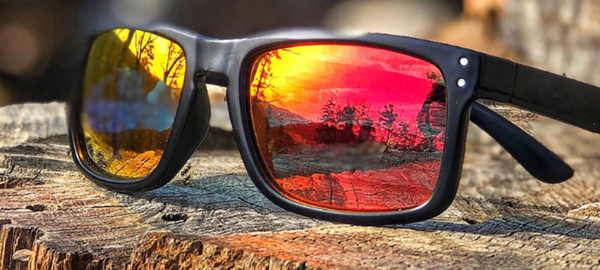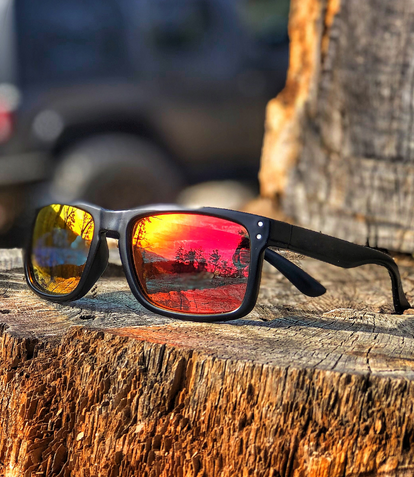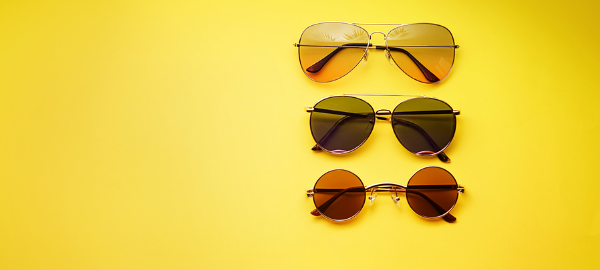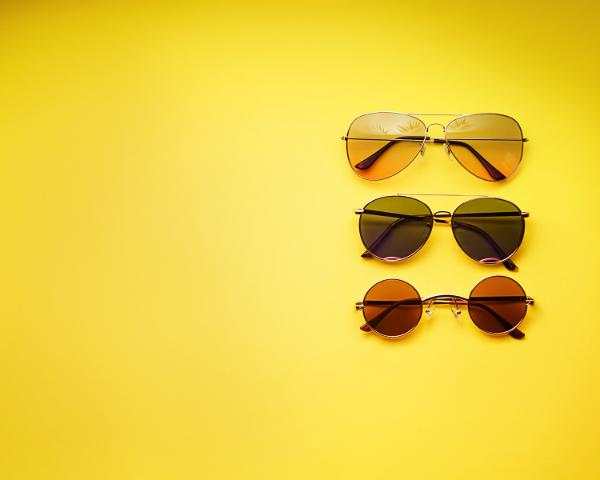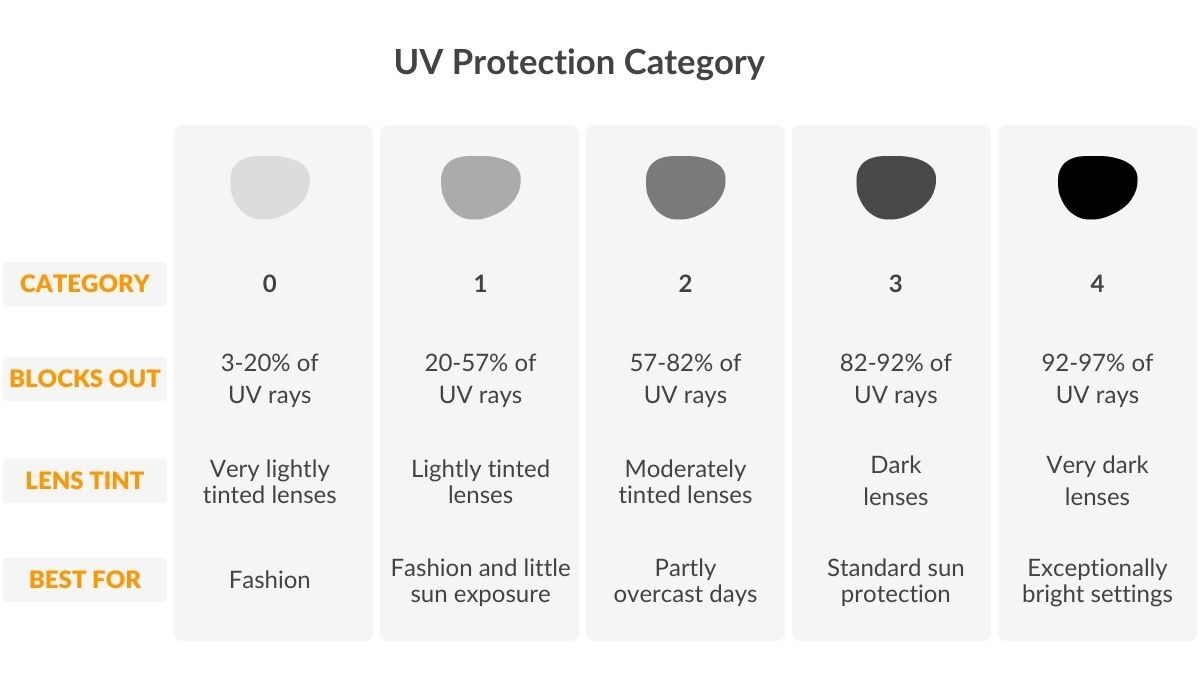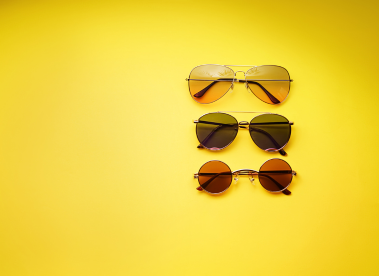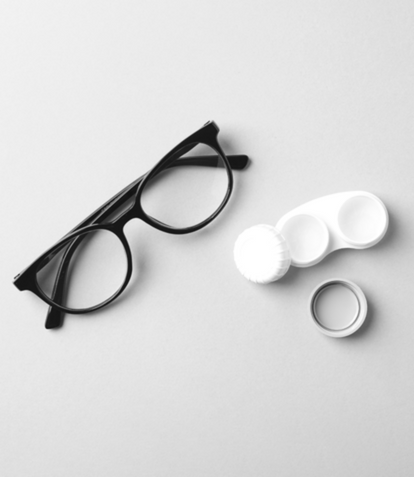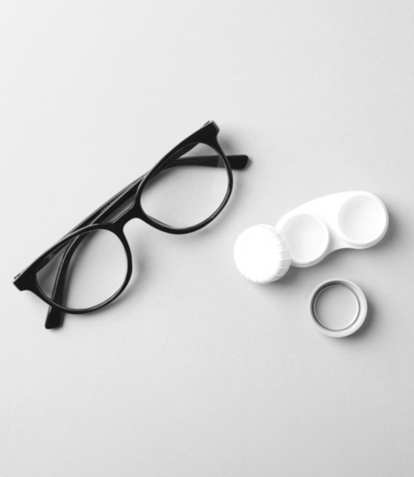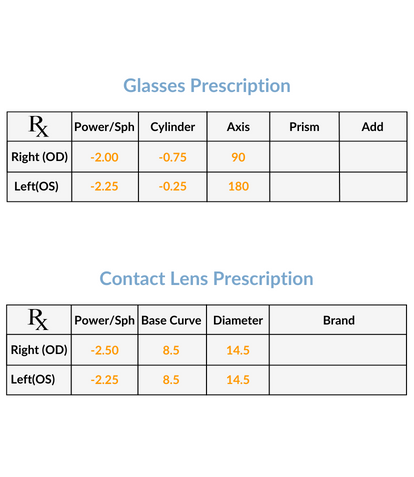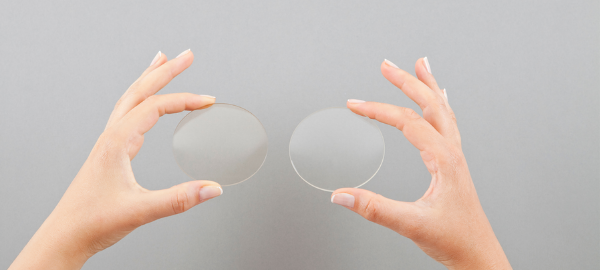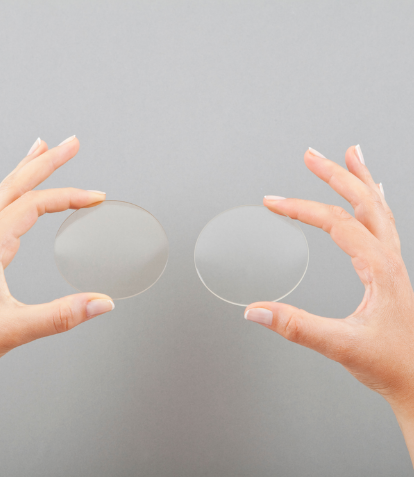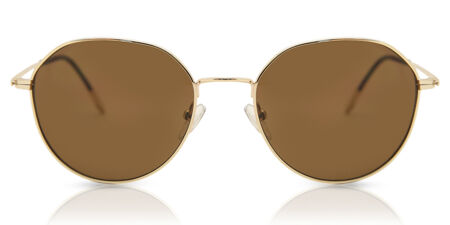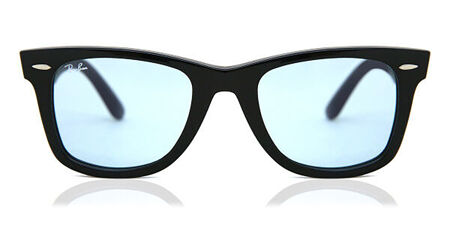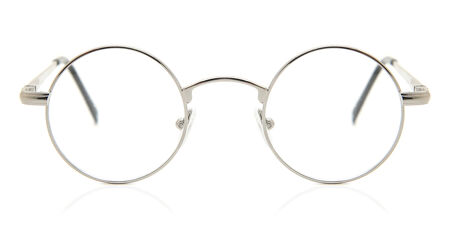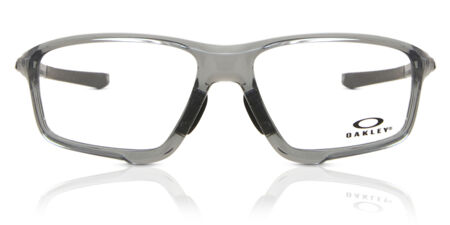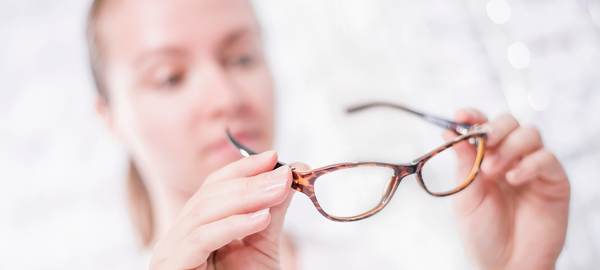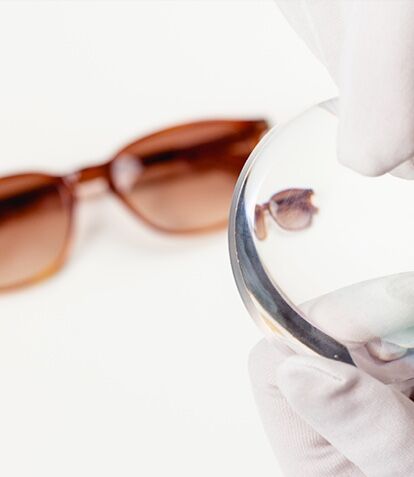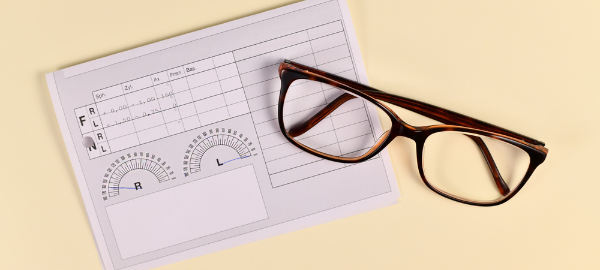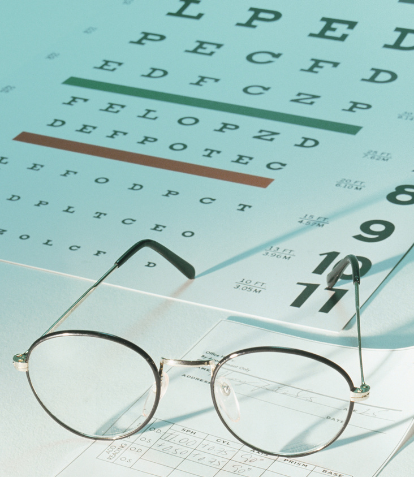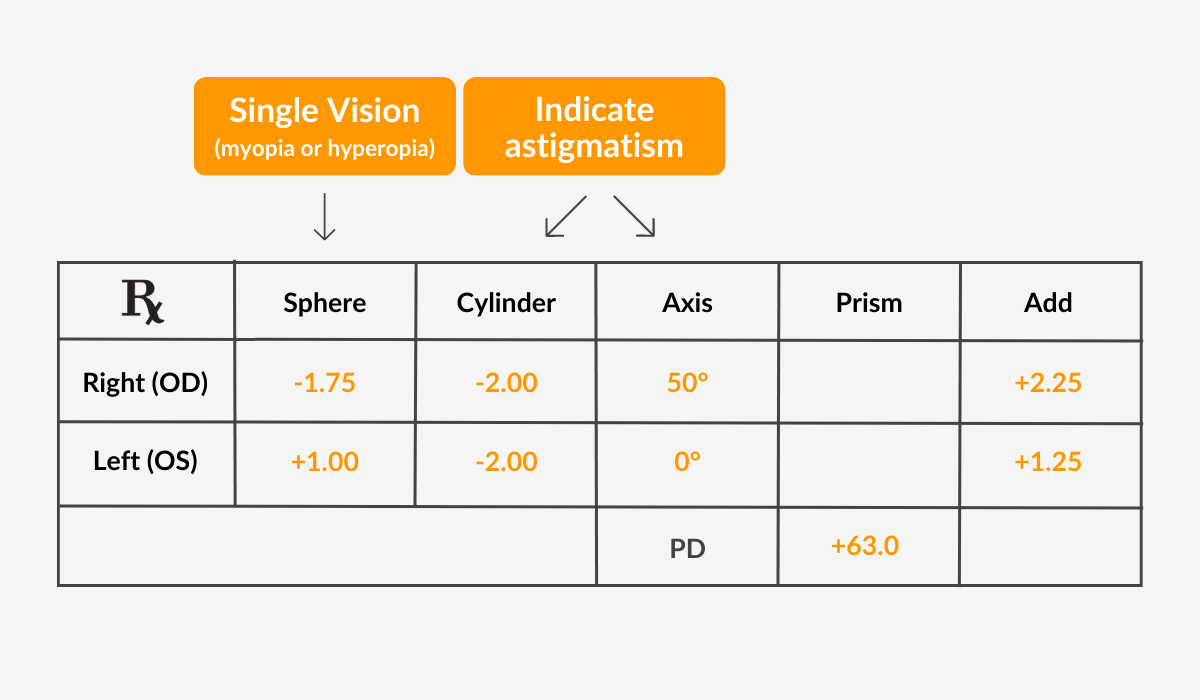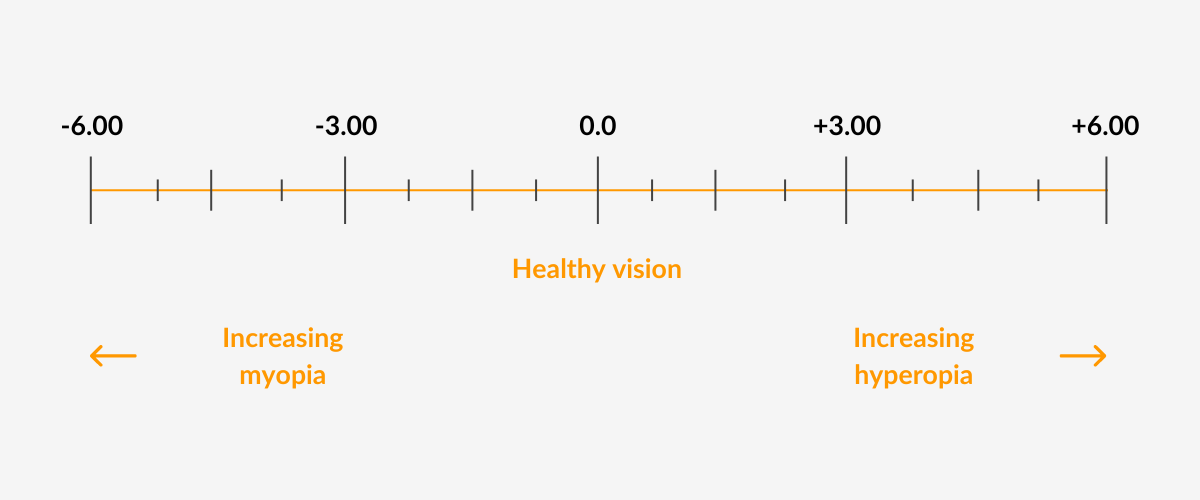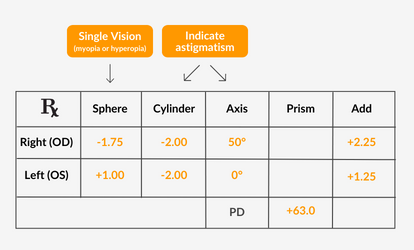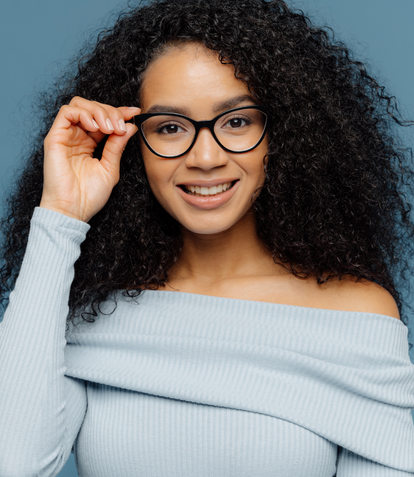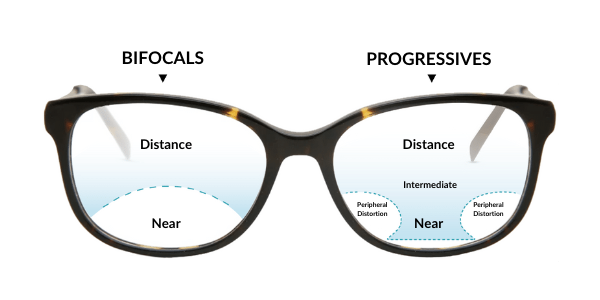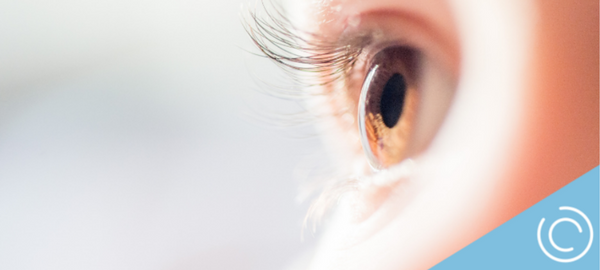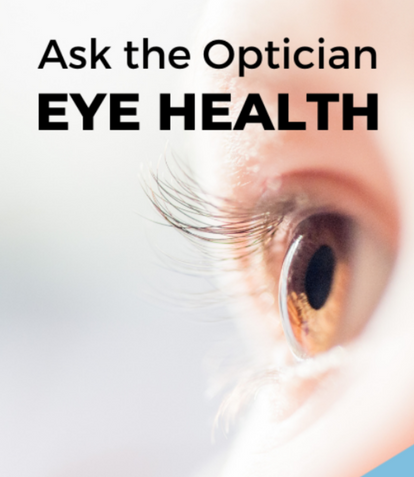
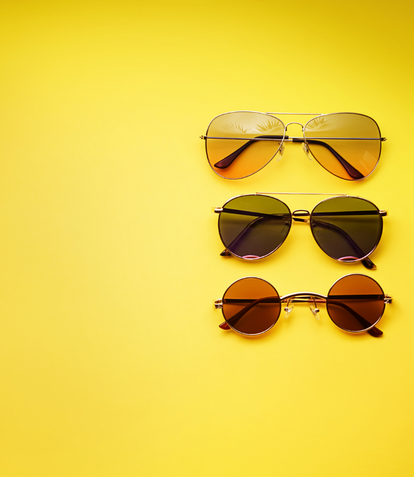
UV400 protection
If you’re shopping for sunglasses and find yourself confused by complicated words such as UV protection and UV400, all the different percentages of UV protection, don’t panic. We’ll give you all the information required to buy the perfect pair of sunglasses to protect your eyes from the sun’s harmful UV rays.
What are UV rays?
Ultraviolet rays (UV) are radiation emitted by the sun. The two main types of UV radiation are UVA and UVB rays. UVA rays are more prevalent and can penetrate deeper into the skin, while UVB rays are more intense but don’t penetrate as deep.
On the one hand, exposure to small amounts of UV light is necessary for our bodies to produce vitamin D, which helps strengthen our bones. On the other hand, too much sun exposure can lead to various types of damage to the skin and eyes. It is essential for people to protect themselves from the harmful effects of UV rays by wearing protective sunscreen and the correct type of sunglasses.
What is UV protection, and why is UV light damaging
Because UV rays can damage the eyes, sunglasses are not just an excellent accessory to complete our look; they are crucial for our eye health and can provide UV protection. While it is common to grab a pair of sunnies on our way out to the beach, quite often, people don’t know that UV rays can reflect off surfaces such as water, snow and buildings on cloudy days.
It is essential to wear sunglasses as often as possible and not only in the summer, as UV rays are not seasonal but cause harm all year long. Not every pair of sunglasses has UV protection, which means just wearing a generic pair won’t protect your eyes from UV radiation.
UV400 Protection
UV sunglasses are sunglasses that block UV rays from reaching your eye. There are different percentages of UV protection. Ideally, it would be best to aim for UV400 sunglasses, which block 100% UV rays. With UV400 protection, you can eliminate UV exposure to your eyes, making sure your eyes are well-protected and not at risk. Prolonged exposure to UV rays could cause short and long-term damage to your eyes. Long-term effects of not wearing UV400 protection could include damage to the retina, cataracts, macular degeneration, or even cancer of the eyes or eyelids.
How to tell if sunglasses have UV protection
If you have UV sunglasses and are still determining what kind of protection they offer, you can find that out quickly. The product label should say “100% protection against UV400.” If you’re unsure, you can take your sunglasses to an eyecare professional who can test for UV protection with a photometer.
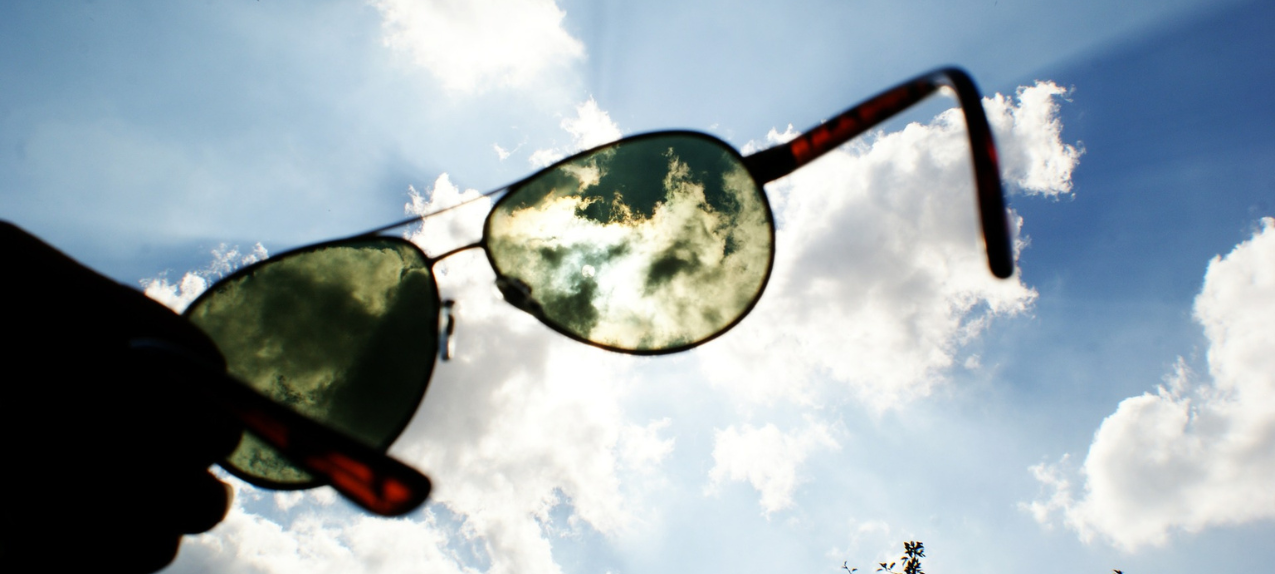
Is UV400 the same as 100% UV protection?
UV400 is the most effective blocker of harmful ultraviolet light, as it provides sunglasses with 100% UV protection. However, different percentages of UV protection can be found when buying sunglasses. Although you should aim to get 100% UV protection, it is with knowing what the other percentages are and what kind of protection they provide.
These are the following classes of UV protection:
- 0 – Allows 80-100% UV light to penetrate the lens
- 1- Allows 43-80% UV light to penetrate the lens
- 2 – Allows 18-43% UV light to penetrate the lens
- 3 – Allows 8-18% UV light to penetrate the lens
- 4 – Allows 3-8% UV light to penetrate the lens
UV sunglasses and polarised lenses
The primary function of polarised sunglasses is to reduce light and glare. These lenses are ideal near water and are even considered the best fishing sunglasses. Polarised lenses alone, however, do not protect from UV rays. In order to be considered UV protective sunglasses, the polarised lenses must have a UV filter. While not all polarised sunglasses offer UV protection, some can have both.
Is UV400 better than polarised?
Polarised sunglasses reduce glare but do not protect your eyes from UV light. As previously mentioned, polarised lenses have a different purpose than UV400 protection lenses. This means that just getting a pair of polarised sunglasses won’t provide adequate UV protection for your eyes from the sun’s harmful ultraviolet rays.
Are UV-protective sunglasses expensive?
Fortunately, UV protection glasses come in a wide range of prices. A good pair of sunglasses can cost from 10$ to 500$. The price range is so wide because many features add to the price. From polarising lenses to the brand name and prescription lenses, many factors play into the final cost of the product.
If you’re worried that buying a good pair of sunnies with excellent protection will cost you a fortune, remember there are many affordable options on the market. Protecting your eyes does not have to be expensive.
UV protection needs to start early
It is very common for young kids and teenagers to be less aware of the dangers of not protecting the skin and eyes from the sun. While adults, over time, start being more conscious about it. It is crucial to know that UV damage is cumulative; the danger grows the more you spend time in the sunlight during your lifetime. For this reason, it is best to start taking precautions and keeping the eyes safe from a young age.
Children are at a higher risk of UV damage because they tend to spend more time outdoors; not only that, but their eyes are also more susceptible to eye damage. Purchasing a good pair of sunglasses with UV400 protection for your children will help protect their eyes and get them into the habit of protecting their eyes when going out in the sun.
Do I Need to Wear Sunglasses with UV400 Protection?
The short answer is yes; wearing sunglasses with UV400 protection is very much advised by all eyecare specialists. It is the best protection from the sun’s harmful UV rays and provides excellent protection while in the sun. If you’re wondering whether or not you will regret buying a good pair of sunglasses, the answer is no. You won’t regret protecting your vision and avoiding damage to the eyes.
UV400 protection
If you’re shopping for sunglasses and find yourself confused by complicated words such as UV protection and UV400, all the different percentages of UV protection, don’t panic. We’ll give you all the information required to buy the perfect pair of sunglasses to protect your eyes from the sun’s harmful UV rays.
What are UV rays?
Ultraviolet rays (UV) are radiation emitted by the sun. The two main types of UV radiation are UVA and UVB rays. UVA rays are more prevalent and can penetrate deeper into the skin, while UVB rays are more intense but don’t penetrate as deep.
On the one hand, exposure to small amounts of UV light is necessary for our bodies to produce vitamin D, which helps strengthen our bones. On the other hand, too much sun exposure can lead to various types of damage to the skin and eyes. It is essential for people to protect themselves from the harmful effects of UV rays by wearing protective sunscreen and the correct type of sunglasses.
What is UV protection, and why is UV light damaging
Because UV rays can damage the eyes, sunglasses are not just an excellent accessory to complete our look; they are crucial for our eye health and can provide UV protection. While it is common to grab a pair of sunnies on our way out to the beach, quite often, people don’t know that UV rays can reflect off surfaces such as water, snow and buildings on cloudy days.
It is essential to wear sunglasses as often as possible and not only in the summer, as UV rays are not seasonal but cause harm all year long. Not every pair of sunglasses has UV protection, which means just wearing a generic pair won’t protect your eyes from UV radiation.
UV400 Protection
UV sunglasses are sunglasses that block UV rays from reaching your eye. There are different percentages of UV protection. Ideally, it would be best to aim for UV400 sunglasses, which block 100% UV rays. With UV400 protection, you can eliminate UV exposure to your eyes, making sure your eyes are well-protected and not at risk. Prolonged exposure to UV rays could cause short and long-term damage to your eyes. Long-term effects of not wearing UV400 protection could include damage to the retina, cataracts, macular degeneration, or even cancer of the eyes or eyelids.
How to tell if sunglasses have UV protection
If you have UV sunglasses and are still determining what kind of protection they offer, you can find that out quickly. The product label should say “100% protection against UV400.” If you’re unsure, you can take your sunglasses to an eyecare professional who can test for UV protection with a photometer.

Is UV400 the same as 100% UV protection?
UV400 is the most effective blocker of harmful ultraviolet light, as it provides sunglasses with 100% UV protection. However, different percentages of UV protection can be found when buying sunglasses. Although you should aim to get 100% UV protection, it is with knowing what the other percentages are and what kind of protection they provide.
These are the following classes of UV protection:
- 0 – Allows 80-100% UV light to penetrate the lens
- 1- Allows 43-80% UV light to penetrate the lens
- 2 – Allows 18-43% UV light to penetrate the lens
- 3 – Allows 8-18% UV light to penetrate the lens
- 4 – Allows 3-8% UV light to penetrate the lens
UV sunglasses and polarised lenses
The primary function of polarised sunglasses is to reduce light and glare. These lenses are ideal near water and are even considered the best fishing sunglasses. Polarised lenses alone, however, do not protect from UV rays. In order to be considered UV protective sunglasses, the polarised lenses must have a UV filter. While not all polarised sunglasses offer UV protection, some can have both.
Is UV400 better than polarised?
Polarised sunglasses reduce glare but do not protect your eyes from UV light. As previously mentioned, polarised lenses have a different purpose than UV400 protection lenses. This means that just getting a pair of polarised sunglasses won’t provide adequate UV protection for your eyes from the sun’s harmful ultraviolet rays.
Are UV-protective sunglasses expensive?
Fortunately, UV protection glasses come in a wide range of prices. A good pair of sunglasses can cost from 10$ to 500$. The price range is so wide because many features add to the price. From polarising lenses to the brand name and prescription lenses, many factors play into the final cost of the product.
If you’re worried that buying a good pair of sunnies with excellent protection will cost you a fortune, remember there are many affordable options on the market. Protecting your eyes does not have to be expensive.
UV protection needs to start early
It is very common for young kids and teenagers to be less aware of the dangers of not protecting the skin and eyes from the sun. While adults, over time, start being more conscious about it. It is crucial to know that UV damage is cumulative; the danger grows the more you spend time in the sunlight during your lifetime. For this reason, it is best to start taking precautions and keeping the eyes safe from a young age.
Children are at a higher risk of UV damage because they tend to spend more time outdoors; not only that, but their eyes are also more susceptible to eye damage. Purchasing a good pair of sunglasses with UV400 protection for your children will help protect their eyes and get them into the habit of protecting their eyes when going out in the sun.
Do I Need to Wear Sunglasses with UV400 Protection?
The short answer is yes; wearing sunglasses with UV400 protection is very much advised by all eyecare specialists. It is the best protection from the sun’s harmful UV rays and provides excellent protection while in the sun. If you’re wondering whether or not you will regret buying a good pair of sunglasses, the answer is no. You won’t regret protecting your vision and avoiding damage to the eyes.


































